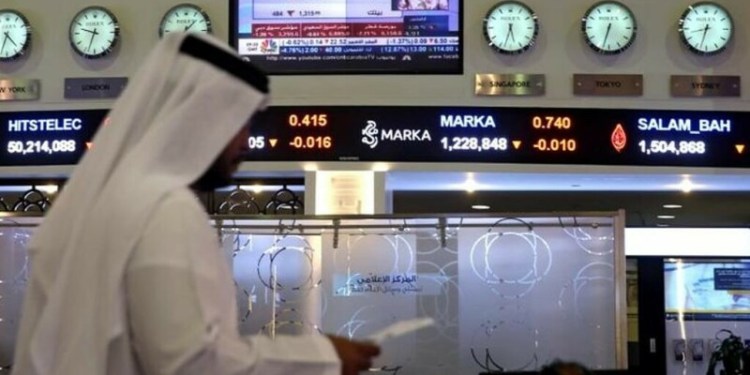By Collin Eaton (NYSE:)
HOUSTON (Reuters) – Crude prices tumbled more than 3 percent on Tuesday over concerns that China’s slowing economy could curtail fuel demand worldwide as forecasters predicted weaker global growth amid the U.S.-China trade war.
The International Monetary Fund on Monday warned the risk of a pronounced global slowdown has risen because of constrained international trade, and it trimmed its 2019 global growth forecast to 3.5 percent, from 3.7 percent in last October’s outlook.
“That represents a lot of barrels if you apply that to the oil market,” said Robert Yawger, director of energy futures at Mizuho in New York. “The IMF report put the market on the back of it’s foot, for sure.”
were down $1.95, or 3.1 percent, at $60.79 a barrel by 11 a.m. EST (1600 GMT). U.S. West Texas Intermediate (WTI) crude futures were down $1.83, or 3.4 percent, at $51.97.
At the World Economic Forum in Davos, Switzerland, IMF Managing Director Christine Lagarde told reporters the slowing growth does not signal an impending recession, but said the risk of “a sharper decline” in global growth has increased.
China reported the lowest annual economic growth in nearly 30 years on Monday and its state planner warned on Tuesday that falling factory orders point to a further drop in activity and more job losses.
While China’s oil imports hit a record above 10 million barrels per day (bpd) in late 2018, many analysts believe the country has reached peak energy growth, with its thirst set to wane.
Singapore-based tanker brokerage Eastport said China’s slowing manufacturing activity is likely weighing on demand, and that industrial slowdowns tend to be leading indicators that feed gradually into lower demand for shipped oil products.
In a sign of spreading economic weakness, growth in South Korea’s export-oriented economy slowed to a six-year low of 2.7 percent in 2018, official data showed.
“There’s a lot of concern in the oil market about China’s weaker economic data,” said Phillip Streible, senior market strategist at RJO Futures. “It’s economic expansion is the weakest since 1990.”
(Graphic: China GDP vs oil & gas demand – https://tmsnrt.rs/2HqLpMX)
GROWING SUPPLY
Crude prices this month have gained support from supply cuts led by the Organization of the Petroleum Exporting Countries.
However, data from Saudi Arabia on Monday showed its crude oil exports in November rose to 8.2 million bpd from 7.7 million in October.
Market participants “believe the U.S. can continue to pump pretty extensively,” RJO’s Streible added. The United States has topped Russia and Saudi Arabia as the largest producer in the world.
Seventy percent of the senior energy industry executives plan to boost or maintain capital spending this year, compared with 39 percent in 2017, a survey by advisor DNV GL showed this week.
“Despite greater oil price volatility in recent months, our research shows that the sector appears confident in its ability to better cope with market instability and long-term lower oil and gas prices,” said Liv Hovem, who heads DNV’s oil and gas division.
Fusion Media or anyone involved with Fusion Media will not accept any liability for loss or damage as a result of reliance on the information including data, quotes, charts and buy/sell signals contained within this website. Please be fully informed regarding the risks and costs associated with trading the financial markets, it is one of the riskiest investment forms possible.
Source: Investing.com




























